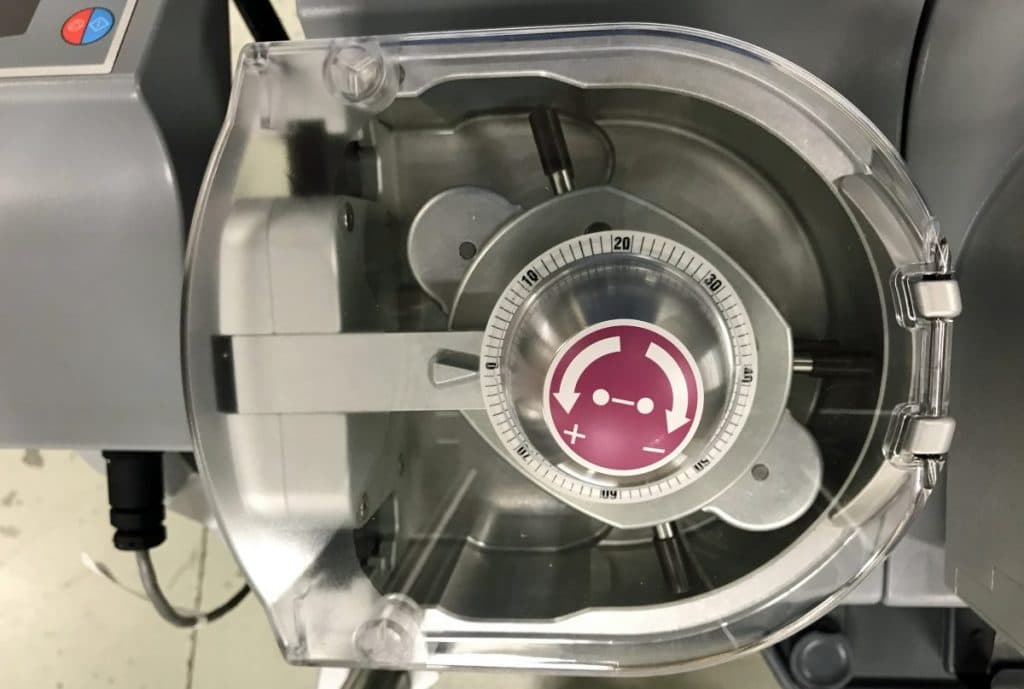Development and Accuracy Evaluation of a Degree of Occlusion Visualization System for Roller Pumps Used in Cardiopulmonary Bypass

In roller pumps used for cardiopulmonary bypass (CPB), the degree of blockage within the tube resulting from compression of the tube by the rollers, or the degree of occlusion, is closely related to hemolysis, with both tight occlusive and non-occlusive degrees promoting hemolysis. There are as yet no international standards regarding methods of adjusting occlusiveness, and the amount of mechanical stress exerted upon blood remains unknown. To prevent hemolysis during CPB using roller pumps, there is a need to clarify and quantitatively assess the mechanical stress of the occlusiveness of the roller pump. In this study, we have developed a degree of occlusion quantification system which constructs the flow channel shape within an occluded tube from red optical density images, and we have verified the validity of this system. Utilizing a linear actuator, an acrylic roller and raceway, a solution colored with simulated blood powder, and a 3/8-inch vinyl chloride tube, this system uses a camera to capture red optical density images within an occluded tube and constructs the tube flow channel shape using a formula manipulation system. To verify the accuracy of this system, we compared the thickness of a cross-section of the flow channel constructed with the degree of occlusion quantification system with the thickness of a cross-section of silicone cured under the same occlusion conditions. Our experiments indicated that for areas with a small tube gap, this system can construct highly accurate three-dimensional shapes and obtain quantitative indicators assessing the degree of occlusion.
